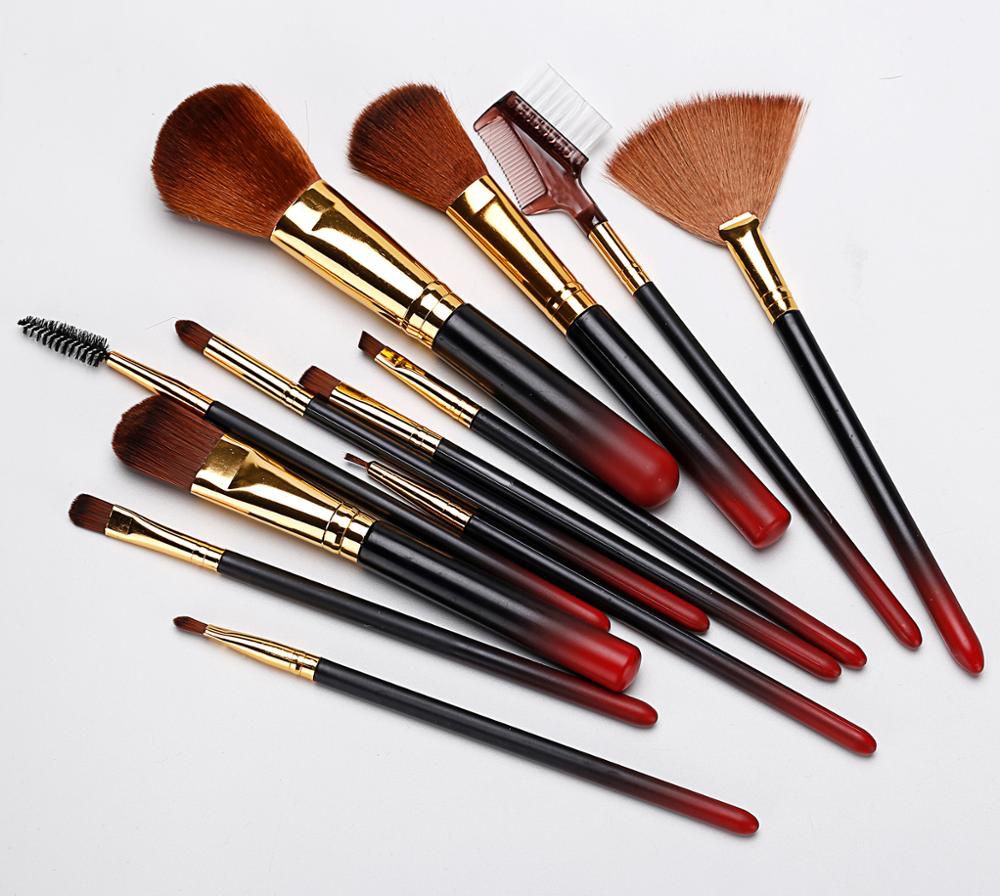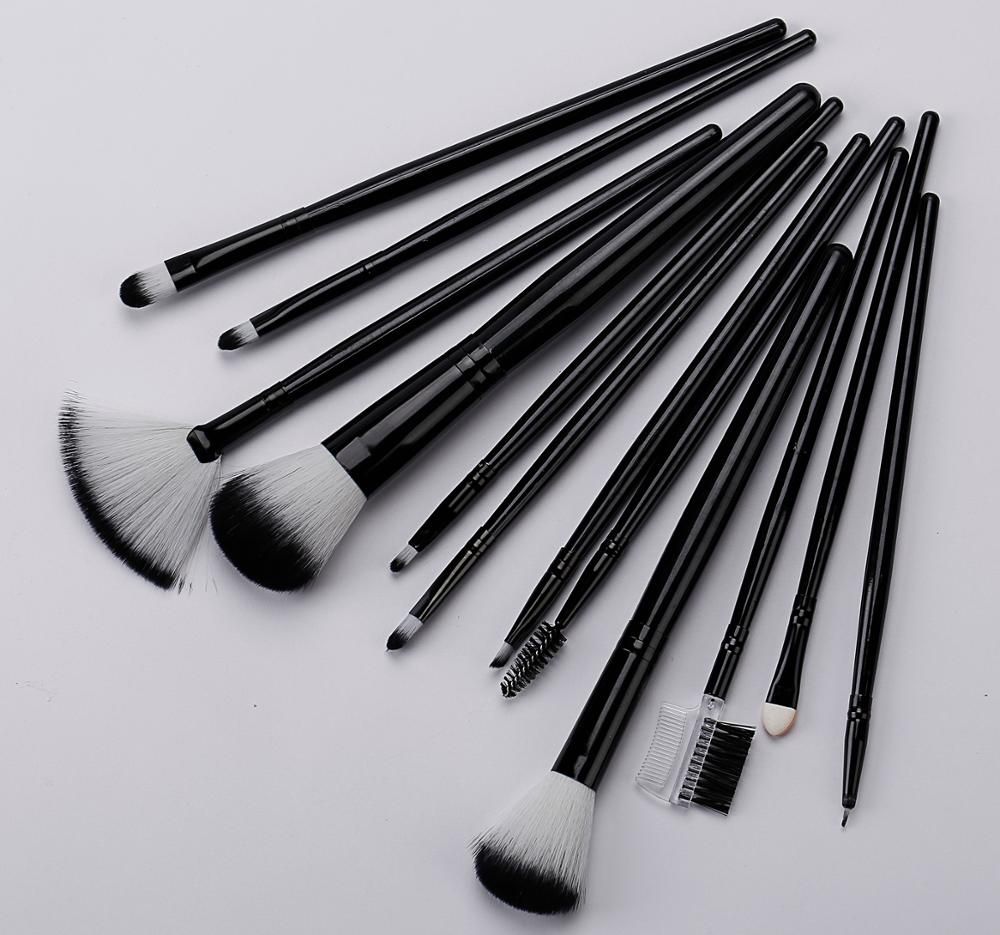Industry news
Global Brush Retailers Optimize Inventory: Data Shows Seasonal Peaks in Bristle Brush Sales
- 627 Views
- 2025-08-13 01:31:01
Global Brush Retailers Optimize Inventory: Data Reveals Seasonal Peaks in Bristle Brush Sales
As the global beauty industry continues to expand—with Statista projecting a $580 billion market size by 2027—cosmetic brushes, a cornerstone of makeup tools, have become a focal point for retailers navigating inventory challenges. In 2024, a growing number of global brush retailers are turning to data analytics to optimize stock levels, driven by clear seasonal peaks in bristle brush sales uncovered by recent market research.
According to the 2024 Global Cosmetic Brush Demand Report by BeautyTech Insights, bristle brush sales exhibit distinct seasonal patterns. Q4 (October–December) emerges as the strongest quarter, accounting for 35% of annual sales. This surge is fueled by holiday shopping: 42% of Q4 purchases are gifts (per NRF’s Holiday Retail Survey), with sets featuring powder brushes and blending brushes topping wishlists. Additionally, winter makeup trends—think full-coverage foundations and cream blushes—drive demand for dense, synthetic-bristle foundation brushes and angled contour brushes, which see a 28% YoY sales spike in November.

A secondary peak occurs in Q2 (April–June), contributing 25% of annual sales. This aligns with summer beauty transitions: lightweight, dewy makeup trends boost sales of fluffy散粉刷 (loose powder brushes) and precision concealer brushes by 22% month-over-month in May. Graduation season and Mother’s Day also play a role, with 18% of Q2 sales tied to gifting, per the report. Q1 and Q3 remain steady, with Q1 seeing post-holiday restocking and Q3 preparing for Q4 demand.
To capitalize on these peaks, retailers are adopting data-driven strategies. Leading chains like Sephora and Ulta have integrated AI forecasting tools that analyze 3+ years of sales data, social media trends (e.g., TikTok “brush hack” virality), and even regional weather patterns (e.g., humidity levels affecting powder brush demand). This allows them to adjust orders: for example, increasing synthetic bristle brush production by 40% in Q3 to meet Q4’s rush, while reducing fluffy brush stock in humid regions during summer.

Collaboration with manufacturers is equally critical. Flexible production models—where suppliers like [Your Company Name] offer short lead times (2–3 weeks vs. the industry average 6–8 weeks) and small-batch runs—enable retailers to pivot quickly. “We’ve invested in modular production lines,” notes a production manager at a top brush manufacturer, “so we can switch from nylon 6/6 bristle powder brushes to PBT bristle foundation brushes in 48 hours, supporting retailers’ last-minute Q4 orders.”
Regional inventory balancing further minimizes waste. Retailers like Boots UK and Mecca Australia now share stock between Northern and Southern Hemispheres, where seasonal peaks are inverted. This cuts excess inventory by 15% annually, as summer demand in Australia (Q1) offsets winter lulls in Europe.

Looking ahead, the report predicts seasonal fluctuations will intensify as beauty personalization grows—e.g., TikTok-driven “micro-trends” (e.g., “snail-shaped blending brushes”) creating short-term demand spikes. For retailers and manufacturers alike, the key will lie in merging historical data with real-time consumer insights to keep shelves stocked but not overburdened.
In this data-driven era, optimizing inventory isn’t just about cutting costs—it’s about meeting consumers’ evolving needs, one brush stroke at a time.











